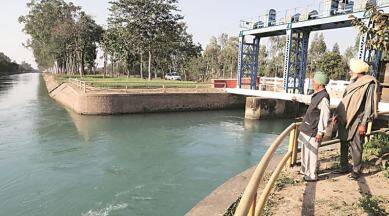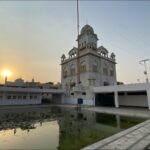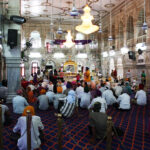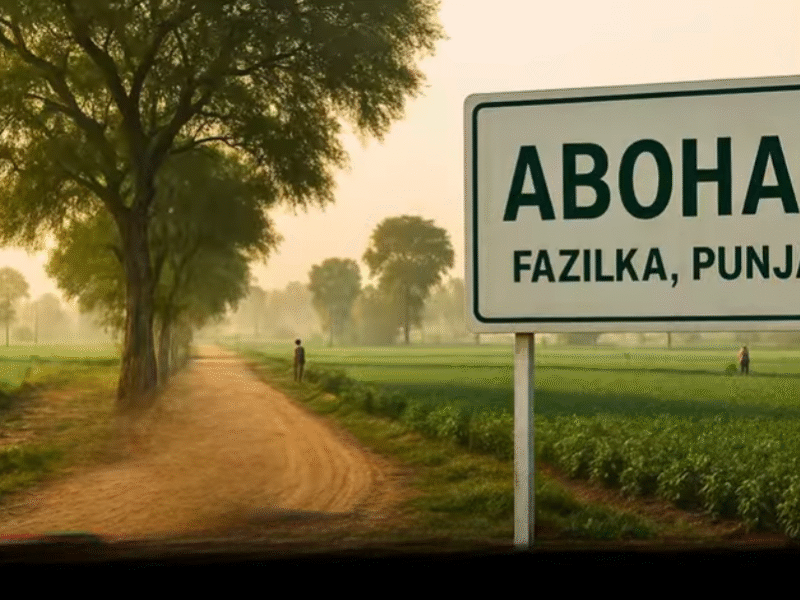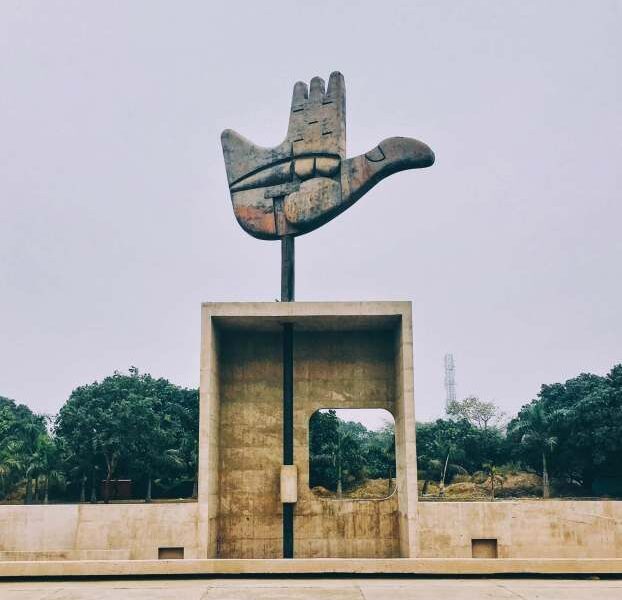After the partition of India in 1947 into Pakistan and India, the Indus basin was divided into two halves with India getting the upper reaches of the Indus River and its tributaries, while Pakistan got the lower reaches. This led to a situation where the use and development of water resources in one country would inhibit the same in another country. While negotiations to settle the dispute were ongoing in 1954, activities similar to those in India had already begun in anticipation of a treaty. Although the issue of Sutlej river water was resolved through the Bhakra Nangal project, the issue of surplus waters of the Ravi and Beas rivers, excluding pre-partition utilization, remained. On 29 January 1955, the states of Punjab, PEPSU, Rajasthan, and Jammu and Kashmir agreed to distribute water from the rivers, with Punjab being allocated 5.9 MAF (million-acre feet) and PEPSU getting 1.3 MAF from the rivers. estimated 15.85 MAF of water while Rajasthan got 8 MAF and Jammu and Kashmir got the remaining 0.65 MAF. After the merger of Punjab and PEPSU in 1956, Punjab’s total share became 7.2 MAF. The Indus Water Treaty concluded in 1960 allowed India unlimited use of water from the Sutlej, Ravi, and Beas.
The dispute over the sharing of river water arose after the reorganization of Punjab in 1966 and the creation of the state of Haryana. Haryana claimed 4.8 MAF of Punjab’s total share of 7.2 MAF of river water, while Punjab claimed that the entire amount belonged to it. Haryana asked the Union government to intervene as no agreement could be reached. In 1976, when the country was under an internal emergency, the Union government issued an executive order allocating 3.5 MAF of water to the two states, while Delhi received the remaining 0.2 MAF. To make full use of the allotted water, the Sutlej-Yamuna Link canal was proposed. The decision was met with opposition in Punjab by the Shiromani Akali Dal. After coming to power in 1977, the Shiromani Akali Dal demanded that the water sharing between Punjab, Haryana, and Rajasthan be reviewed by the Supreme Court and filed a case against the Union government’s order.[7][4] Construction of the canal was started in the same year by the Akali Dal government led by Punjab Chief Minister Prakash Singh Badal. The Haryana government led by Chaudhary Devi Lal provided Rs. 10,00,000 to the Punjab Government for this purpose. The government later issued a notification to acquire land for the SYL canal. Construction of the Haryana section of the canal was completed in June 1980.
After the Indian National Congress came to power in Punjab in 1980, an agreement was reached on 31 December 1981 between Punjab, Haryana, and Rajasthan, all under INC rule, with Darbara Singh as Chief Minister of Punjab and Indira Gandhi as Prime Minister. Minister of India. Under the agreement, Punjab’s share was increased to 4.22 MAF and Rajasthan’s to 8.6 MAF, while Haryana’s share of the revised 17.17 MAF of water remained the same. All states withdrew their lawsuits from the Supreme Court after signing the agreement. On 8 April 1982, Indira Gandhi formally launched the construction of the canal in the village of Kapoor in Punjab. On 23 April, the Punjab government released a white paper praising the agreement Under the terms of the Punjab Agreement, a tribunal was to be set up to investigate the river water claims of Haryana, Punjab, and Rajasthan. The Akali Dal returned to power in Punjab on 29 September 1985 and on 5 November 1985, the newly-elected Punjab Legislative Assembly repudiated the 1981 agreement. Ravi and Beas Waters Tribunal (also known as the Eradi Tribunal after its chairman V. Balakrishna Eradi) was established on 2 April 1986. On 30 January 1987, the tribunal upheld the legality of the 1955, 1976, and 1981 agreements, the shares of both Punjab and Haryana, allotting them 5 MAF and 3.83 MAF respectively. It also noted that while the part of the canal has been completed in Haryana, the part in Punjab has not and urged that it be completed expeditiously. The Akali Dal government in Punjab under Surjit Singh Barnala started the construction of the canal. However, after completion, he still hesitated.
Construction was halted in July 1990 after the chief engineer associated with its construction was shot dead by Khalistan terrorist Balwinder Singh Jattana. The channel remained incomplete due to a dispute over the issue. In 1999, Haryana filed a petition in the Supreme Court demanding the construction of the canal. In 2002, the Supreme Court directed Punjab to complete the SYL canal within one year. Punjab refused and sought a review of the court order, which was denied. In 2004, the Supreme Court directed the Union government to complete the canal through a central agency. The Central Public Works Department was appointed on 2 July 2004 to take over the canal works from the Government of Punjab. However, on 12 July 2004, the Punjab legislature passed the Punjab Termination of Agreements Act, 2004 which canceled all its river water agreements with neighboring states. The President of India then referred the bill to the Supreme Court in the same year.
The Supreme Court began hearing the Punjab Assembly Bill on 7 March 2016. On 15 March 2016, the Punjab Legislative Assembly unanimously passed the Punjab Satluj Yamuna Canal Lands (Transfer of Title) Bill, 2016, which proposes to return the land that was taken from the owners for the construction of the SYL Canal. On March 18, the Supreme Court ordered the Punjab government to maintain the status quo on the land earmarked for the construction of the canal. On 10 November, the court issued its opinion that the Punjab government’s 2004 bill that ended the river water agreements was illegal.On November 15, the government passed an executive order marking the land earmarked for digging the canal and returning it to the original owners through a notification issued by the Punjab Revenue Financial Commissioner K.B.S. Sidhu, exercising the revenue powers vested in an IAS officer. The Punjab legislature also passed a resolution the next day demanding license fees for river water supplied to its neighbors Haryana, Rajasthan, and Delhi. All marked land was returned by 20 November. However, on November 30, the Supreme Court again ordered the status quo regarding the lands.
On 22 February 2017, the Supreme Court said that the Punjab government would have to follow its order on the construction of the SYL canal and would pass a decree if no agreement was reached between the Punjab and Haryana governments.
